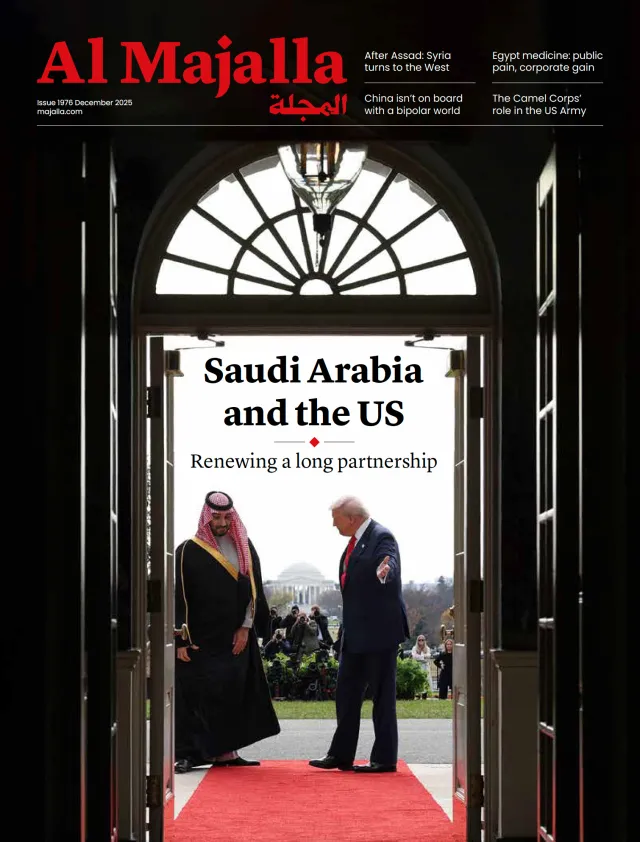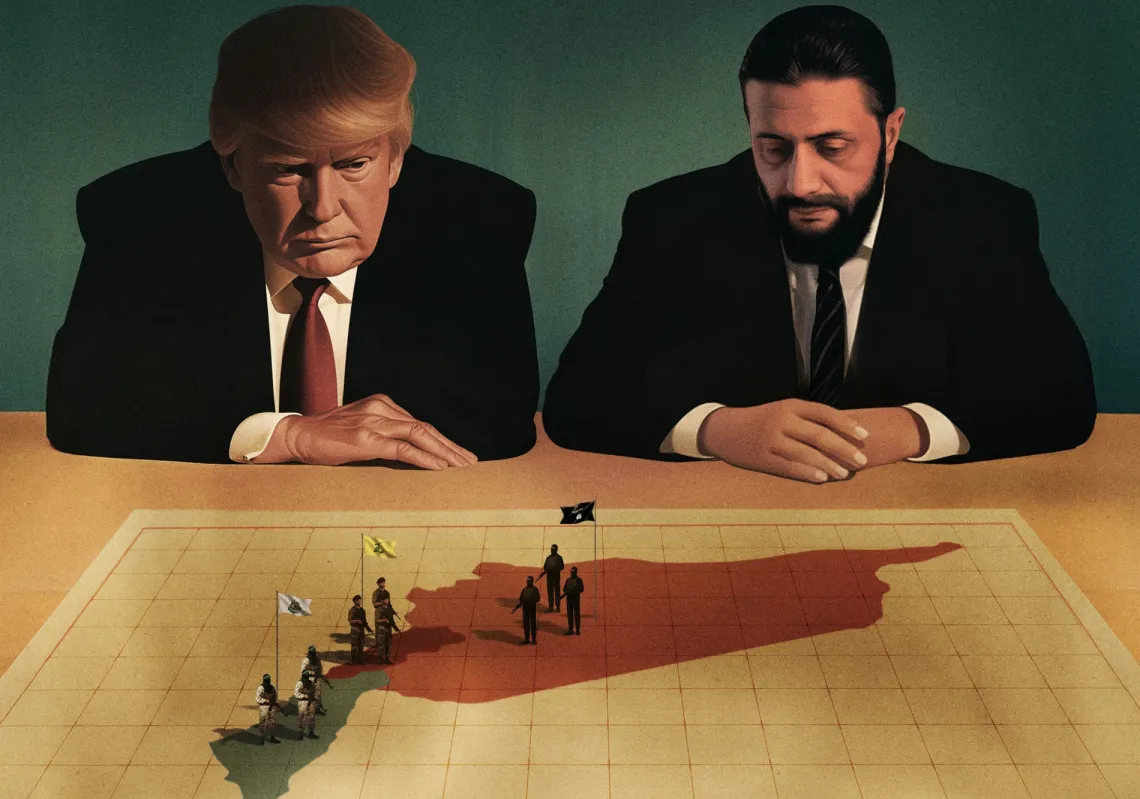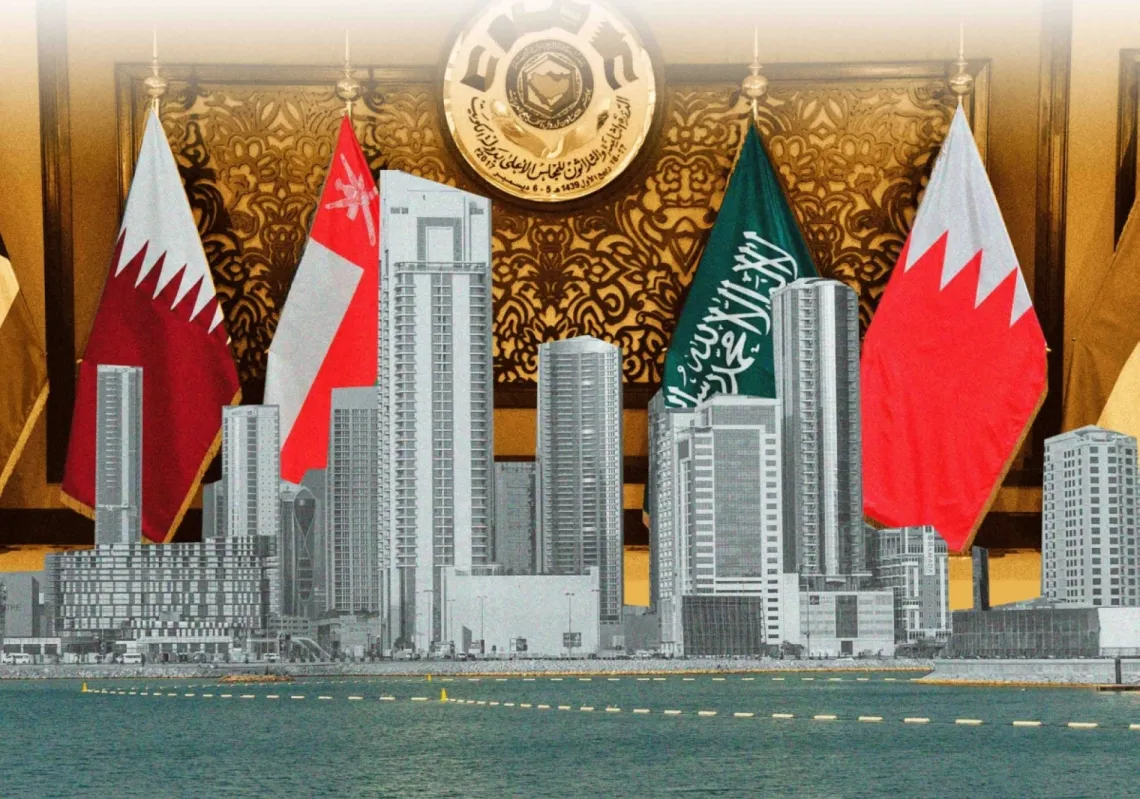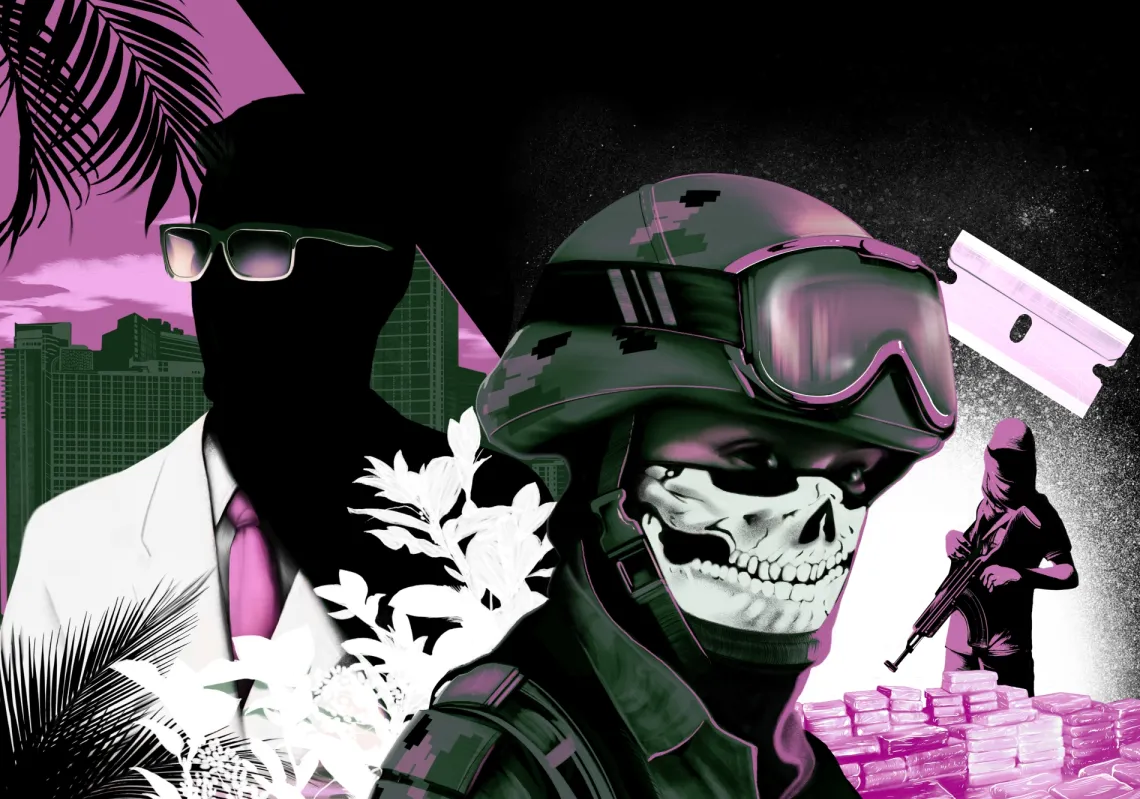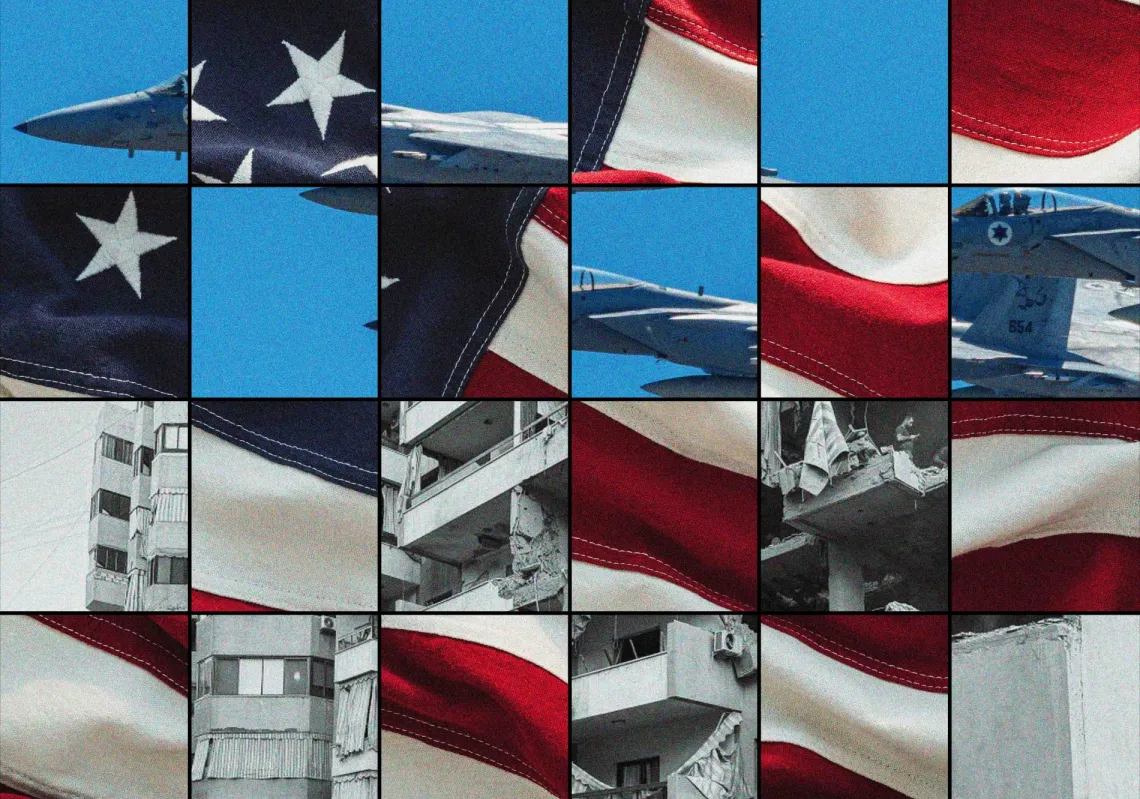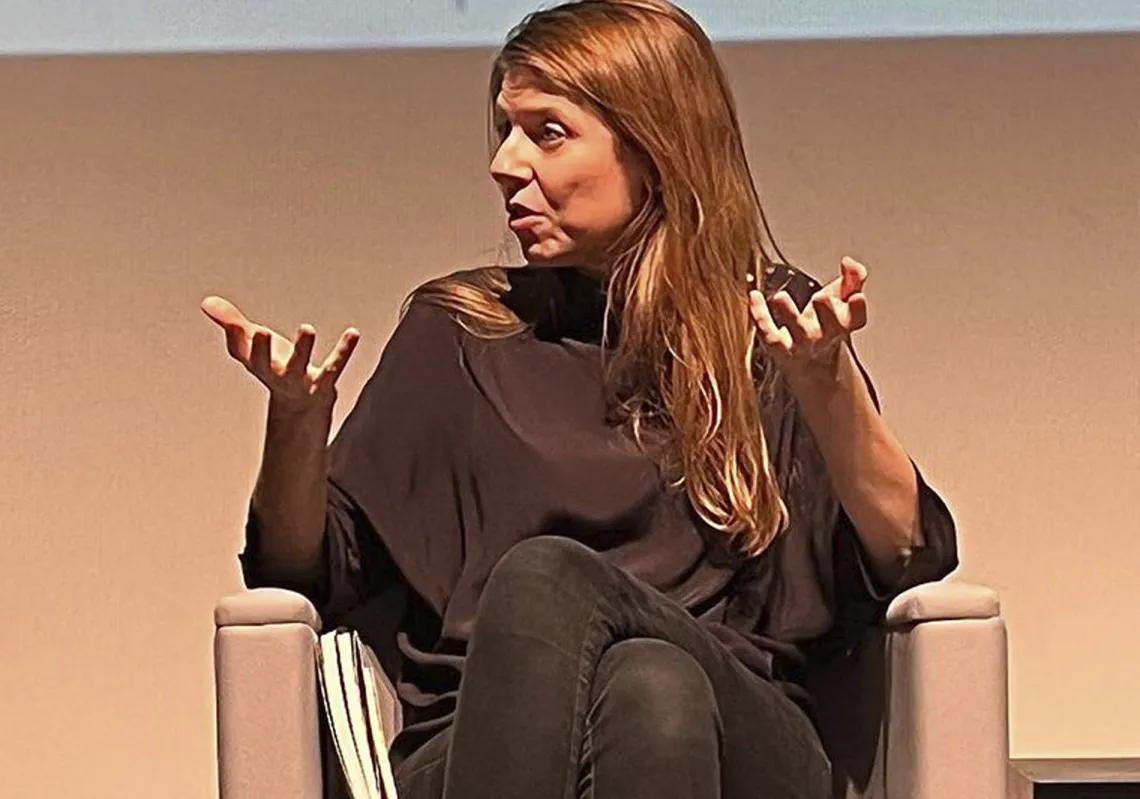A fragile ceasefire between India and Pakistan, after weeks of border clashes, appears to have reduced the chances of a full-blown war, for now. International diplomacy was key to de-escalation, with the BBC reporting that Pakistan's Foreign Minister Ishaq Dar said, “three dozen countries” were involved.
The United States has especially been praised, with US Secretary of State Marco Rubio’s call with the head of Pakistan’s Army a key intervention. This is somewhat surprising. Some have recently suggested that Pakistan’s ties with the US have waned. China is now the main supplier of arms for Islamabad, with Pakistan becoming a key partner in the Belt and Road Initiative (BRI).
Meanwhile, India, despite a frostier history with Washington, has grown closer to the US, as well as key American allies like Saudi Arabia and Israel. Aspects of this crisis have challenged such geopolitical assumptions, however, and raise questions about how the India-Pakistan rivalry fits into the new multipolar world order and what that means for the likelihood of future conflicts.
Historical alliances
Since independence from Britain in 1947, India and Pakistan have pursued contrasting allies and defence partners. During the Cold War, Pakistan was close to the US, joining the Baghdad Pact with Britain and other US allies in 1955. Though internal political changes in Islamabad strained this relationship at times, the US remained Pakistan’s key foreign ally.
Pakistan fought the 1971 war with India, for example, using mostly US weapons, while in the 1980s Pakistan became the key hinterland for the US (and Saudi Arabia) to support Afghan Mujahideen fighters against the Soviets. In contrast, India was more suspicious of the West. It initially preferred non-alignment during the Cold War and eventually sought arms from the Soviets in 1971.
When the Cold War ended, both drew closer to the US orbit. With the advent of the War on Terror, Pakistan became a major non-NATO ally in 2002, a key partner during America's 20-year presence in neighbouring Afghanistan. Meanwhile, the collapse of the USSR and the advent of global unipolarity saw New Delhi’s ties with the US improve, as India embraced capitalism more fully and moved away from socialism.

Diplomatic shifts
However, the decline of the US-dominated post-Cold War order and the move to a more multipolar world have disrupted these ties. Pakistan has grown closer to China at a time when tensions between Washington and Beijing have heightened. In 2015, the China-Pakistan Economic Corridor was announced—a $ 65bn initiative that made Pakistan a crucial member of the BRI.
This was followed by massive Chinese investment in Pakistan, which took a leading role in the economic, infrastructural, energy, and security sectors. Crucially, China is now Pakistan's main supplier of military hardware, and 82% of Pakistan's arms imports came from China between 2019 and 23. To Beijing, Islamabad is an important counterbalance to India, with whom it holds a rivalry despite both being members of the BRICS.
At the same time, US interest in Pakistan has waned. Since withdrawing from Afghanistan in 2021, Pakistan’s strategic importance has decreased for Washington. Instead, US geostrategic priorities have shifted to focus on Russia and China, and the latter’s closeness to Islamabad has become a concern.
Meanwhile, the US has improved ties with India. Partly this is strategic, given the India-China rivalry. The US has started to supply India with military equipment, and they have aligned on an Indo-Pacific strategy, with Washington becoming New Delhi’s largest military exercise partner. In recent years, Donald Trump has boasted of a close relationship with Prime Minister Narendra Modi, boosting ties further.
But it is not just the US that has seen a shift in its ties to India and Pakistan. India has deliberately diversified its diplomatic relations. This is more due to its rivalry with China than with Pakistan, and a desire to boost its global trade, but it has still boosted its international position relative to Islamabad.
Saudi Arabia, a historic ally of Pakistan, has agreed to the India-Middle East-Europe Economic Corridor, tying the two economies closer together. Similarly, Modi has courted Israel, increasing trade and arms deals.

New Delhi has also opened India’s economy to free trade deals, negotiating with the EU and signing a recent trade pact with the UK. France, meanwhile, is the second-largest arms supplier to India, including providing key Rafale fighters.
Alongside closer military and economic ties with Australia and Japan, the picture increasingly looks like India is embracing a range of economic and military partners while Pakistan looks locked into an unhealthy, debt-laden relationship with China.
Complex reality
It might, therefore, be easy to characterise the recent clashes over Kashmir as a proxy for the growing tensions between the US and China, with Beijing’s ‘client’ Pakistan squaring up to Washington’s new ally, India. But the reality is far more complex. First and foremost, all the evidence suggests this clash had local origins, with all the outside actors trying to calm rather than escalate the situation.
Secondly, despite the recent diplomatic shifts, the new picture is one of diverse international relationships rather than neat ‘camp switching’ as occurred in the Cold War. India, for example, is closer to the US than in the past, but it would not describe Washington as an ally, certainly not in the security sense. In fact, Russia is the largest supplier of India’s weaponry, much to the White House’s frustration, as it has been since the Cold War.
Moreover, India has refused to join the West’s sanction regime on Moscow and has been the primary destination, alongside China, for Russian oil. New Delhi, in fact, welcomes the multipolar world and sees how emerging powers like itself can thrive within it. ‘Mini-lateral’ agreements like the India-Middle East-Europe Economic Corridor or groupings like the BRICS, allow it global influence without having to fully align into one superpower camp or the other.
Pakistan, similarly, while less powerful and diplomatically diverse than its southern rival, is far from the Chinese client it is characterised as. As shown by the importance of Rubio’s intervention regarding the ceasefire, Washington continues to hold sway in Islamabad should it choose to use it, and the legacy of decades of alliance has not evaporated overnight. China might have become more important, but the US retains influence.

Multipolar world
So, does this diplomatic manoeuvring suggest that the new multipolar order will make an India-Pakistan conflict less or more likely? Scholars have historically argued that bipolar and unipolar orders are better at guaranteeing peace because only one or two governments hold the global balance of power, meaning fewer parties need to negotiate to ensure peace. Of course, if those powers want to support conflict, then wars break out.
But in a multipolar world, where there are multiple powers with multiple interests and therefore multiple types of leverage present in the conflicting states, there are both more opportunities for conflict, but also more levers for peace.
In this recent case, the diversification of the diplomatic landscape in both India and Pakistan in the past decade has provided more options. As Pakistan said, “three dozen countries” were involved in negotiations.
Provided that a plurality is keen to contain conflict between these two nuclear-armed powers, this could be a good thing. However, should a sizeable number of influential outside powers change that position, there may also be more opportunities for them to encourage war.

